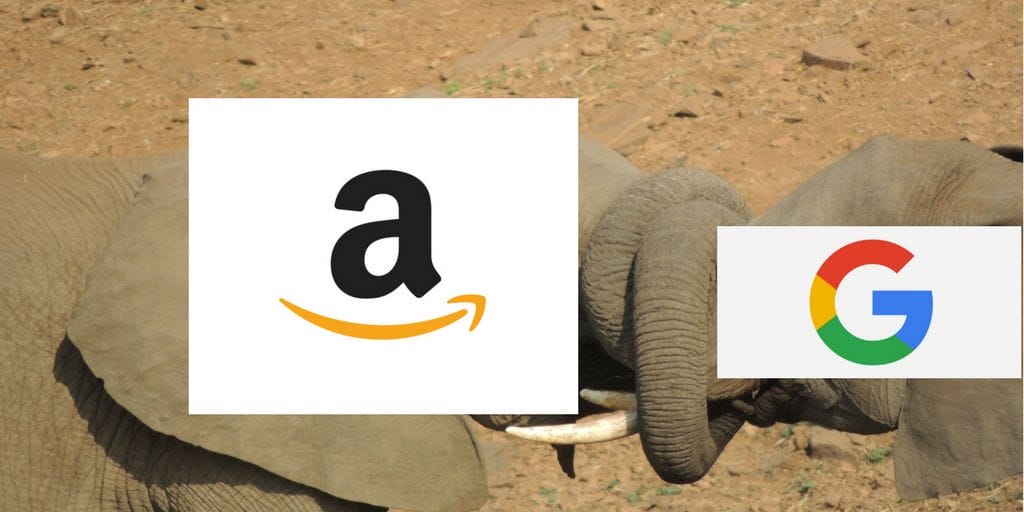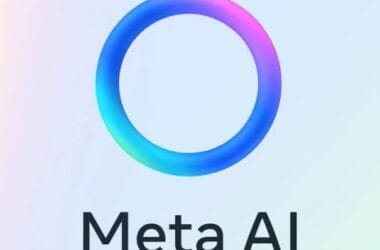Amazon and Google, two of the world’s largest public companies (judging by market capitalisation – both above the USD1,000 share price mark), are in a feud over what could have been a ‘good’ partnership.
“Starting on 2018-01-01, YouTube will not be available on this device…” was the opening paragraph of an error message to a Fire TV subscriber, Cornell Ngare, when he tried to access YouTube from his device.
So Google's feud with Amazon just reached my living room. Got this screen when I launched YouTube on my Amazon Fire TV. pic.twitter.com/vtmcuBTtE9
— Cornell Ngare (@cngare_) December 5, 2017
Not only will YouTube access be pulled from the Fire TV, Google has also announced that it will be pulled from the Echo Show, Amazon’s screen-equipped smart speaker that (kind-of) serves as the monitor for Alexa, an intelligent personal assistant developed by Amazon.
Good-to-know: Amazon’s Fire TV is sold with the ability to view YouTube videos as well as the ability access clips by voice on the Echo Show. And just 3-months ago, The Verge reported that YouTube’s programming was pulled from the Echo. But Amazon found a work-around that. Read on for more.

Why, Google?
The company behind the over a billion-users product (YouTube), Google, has said in a statement that Amazon is not being reciprocal in their business dealings.
A YouTube spokesperson is quoted to have said:
“We’ve been trying to reach agreement with Amazon to give consumers access to each other’s products and services. But Amazon doesn’t carry Google products like Chromecast and Google Home, doesn’t make Prime Video available for Google Cast users, and last month stopped selling some of Nest’s latest products. Given this lack of reciprocity, we are no longer supporting YouTube on Echo Show and FireTV. We hope we can reach an agreement to resolve these issues soon.”
This is clearly a case of competition and who has the higher competitive advantage even as many of Amazon’s product rival Google’s offerings and as such their customers tend to be mutually-exclusive (think Echo and Home) even though in some way they overlap (think Echo and YouTube).
It has been noted that Amazon had taken down the sale of key Google-hardware products since 2015 on their website (which is arguably the number one destination for e-commerce) including the more recent Nest devices.
It is worthy of mention that Google has been trying to grow their hardware business. See their 2014/2015 USD3.2billion acquire of Nest and their more recent (read: 2017) USD1.1billion acquisition of HTC engineers that worked on the Pixel phones, their recent line of high-end mobile device.
Also, in Nigeria, Google introduced a budget-friendly Android phone (NGN13,000 => USD40), Freetel ICE 2.
Good-to-know: Nest (labs) is a home automation producer of programmable, self-learning, sensor-driven, Wi-Fi-enabled thermostats, smoke detectors, security cameras, and other security systems (Wikipedia).
So, what Amazon has done is to remove the latest Nest-branded smart home kit – including a home security system and a new version of its thermostat – from its online stores last month.
Hence, no logically sound businessman would be happy to have spent such a huge amount on product development only for there not to be adequate distribution (maximizing all channels, Amazon inclusive) which leads to sales that then leads to revenue, which comes back to their financial books as a return-on-investment (ROI).
So, in essence, Google needs Amazon’s distribution network and Amazon needs Google’s YouTube to boost their product offerings on the Echo Show and TV.
Guessing the question now is, who can afford to live without the other? Amazon might have an answer.
Amazon’s reply
“Google is setting a disappointing precedent by selectively blocking customer access to an open website, we hope to resolve this with Google as soon as possible.”, said an Amazon spokesperson to The Verge.
This is an interesting way to look at it. Recall, I mentioned in the opening quoted paragraph that Amazon found a workaround access YouTube? Here is how: They simply direct users to the website, which they claim is “open” (for all).
That would sound intelligent if only they did not overlay their voice controls over YouTube which is in violation of the free-streaming site’s policy.
When 2 Elephants fight, the grass suffers
Two sets of customers are the grass in this story. One, the Echo and Fire TV customers as they are not enjoying the full benefit of the product they purchased. Also, Google’s YouTube Creators who enjoy millions of views on their videos which in turn generates revenue for them.
In essence, the feud between these tech giants, Google and Amazon is costing their consumers/creators a great deal and it debases the importance of the customer/creator as most important in this three strand cord.
As an Amazon Associate, TechCity may earn a small commission if you shop these products.
















